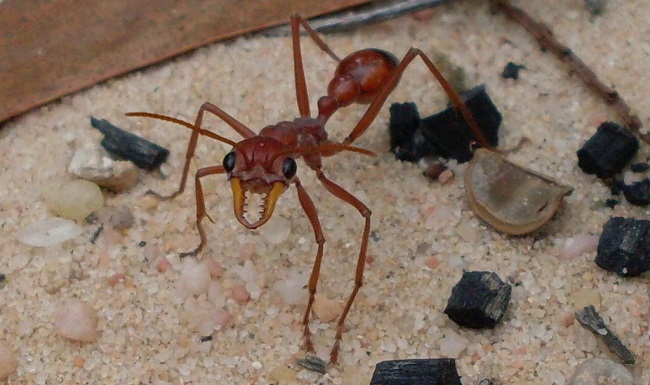
AsianScientist (Jul. 4, 2016) – Fish evolved the ability to live on land many times, according to a new study from Australia that challenges the perception that this extreme lifestyle shift was likely to have been a rare occurrence in ancient times. Their findings are published in the journal Evolution.
“A fish out of water might seem an extraordinary thing, but in fact it is quite a common phenomenon,” said evolutionary ecologist Dr. Terry Ord from the University of New South Wales, who is the first author of the study.
“Amphibious behavior has evolved repeatedly in a wide diversity of present day fish, and the move onto land does not appear to be as difficult as has been presumed.”
Ord and co-author Dr. Georgina Cooke looked at the evolutionary relationships of all living fish reported to be active on land. They also examined the environmental factors that might have promoted their emergence from the water.
The researchers found that 33 different families of fish have at least one species that demonstrates some terrestrial activity and, in many cases, these behaviors are likely to have evolved independently in the different families.
“These forays onto land have occurred in fish that live in different climates, eat different diets and live in range of aquatic environments, from freshwater rivers to the ocean,” said Ord. “While many species only spend a short time out of water, others, like mudskippers and some eels can last for hours or days.”
The researchers also conducted detailed observations of the behavior of one remarkable group of intertidal fish called blennies in seven locations in the Pacific and Indian Oceans. The group includes some species that never emerge from water and others that stay full-time on land as adults, leaping around in the splash zone on intertidal rocks and hiding in moist crevices when the tide is low.
“In this one family of fish alone, an amphibious lifestyle appears to have evolved repeatedly, between three and seven times,” said Ord.
The emergence of fish onto land more than 350 million years ago was a critical step in the history of life on Earth, leading to the evolution of all land vertebrates, including humans. What ultimately limited the fishes’ foray into a fully-fledged terrestrial lifestyle is their gills, which need to stay moist to function properly.
The article can be found at: Ord & Cooke (2016) Repeated Evolution of Amphibious Behavior in Fish and its Implications for the Colonization of Novel Environments.
———
Source: University of New South Wales; Photo: Georgina Cooke.
Disclaimer: This article does not necessarily reflect the views of AsianScientist or its staff.












